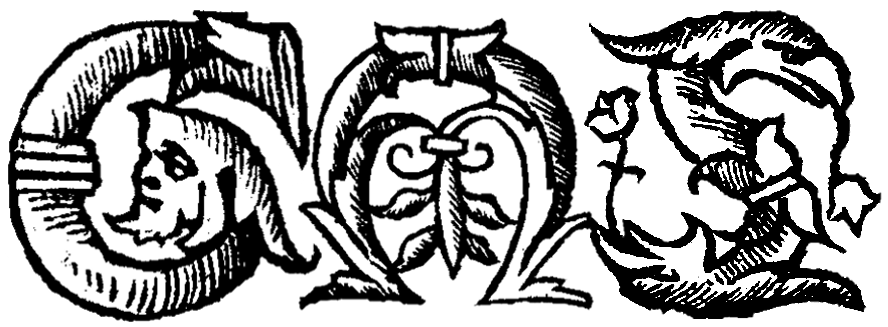Transcription by Georgia Henley .
Claddedigaeth Arthur | The Burial of Arthur
Claddedigaeth Arthur | The Burial of Arthur
by Anonymous
Text Source:
Responsibility Statement:
- Transcription by Georgia Henley
- Translation by Georgia Henley
- Encoded in TEI P5 XML by Mae Velloso-Lyons
Editorial Principles:
Transcriptions and translations are encoded in XML conforming to TEI (P5) guidelines. The original-language text is contained within <lem> tags and translations within <rdg> tags.
Texts are translated into modern American English with maximum fidelity to the original text, except where it would impair comprehension or good style. Archaisms are preserved where they do not conflict with the aesthetic of the original text. Scribal errors and creative translation choices are marked and discussed in the critical notes.
Publication Details:
Published by Global Medieval Sourcebook.
This is a quotation from Boethius, De consolatione philosophiae, 3p8.9, via Giraldus Cambrensis, Speculum ecclesiae, ii.8.
Literally: so that a sign/evidence was had.
This is a quotation from Boethius, De consolatione philosophiae, 3p8.9, via Giraldus Cambrensis, Speculum ecclesiae, ii.8.
Literally: so that a sign/evidence was had.
This is a quotation from Boethius, De consolatione philosophiae, 3p8.9, via Giraldus Cambrensis, Speculum ecclesiae, ii.8.
Literally: so that a sign/evidence was had.
